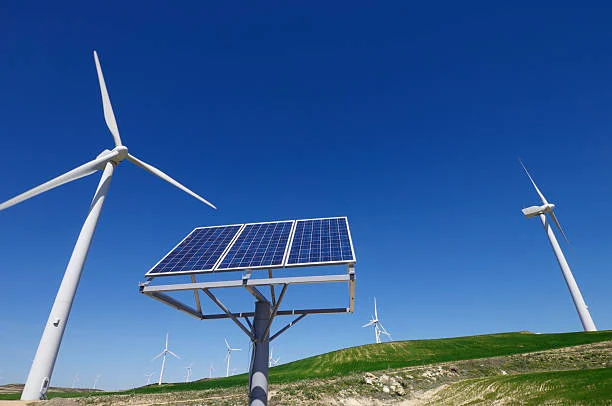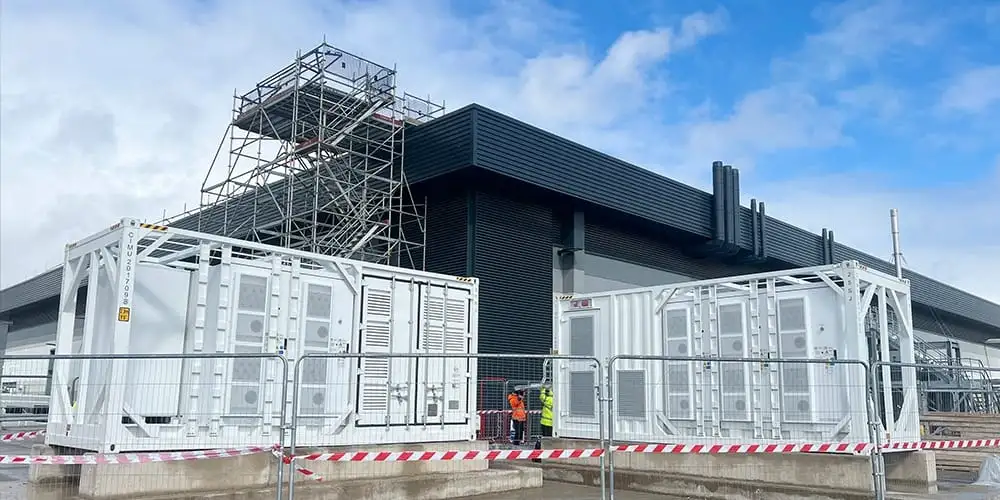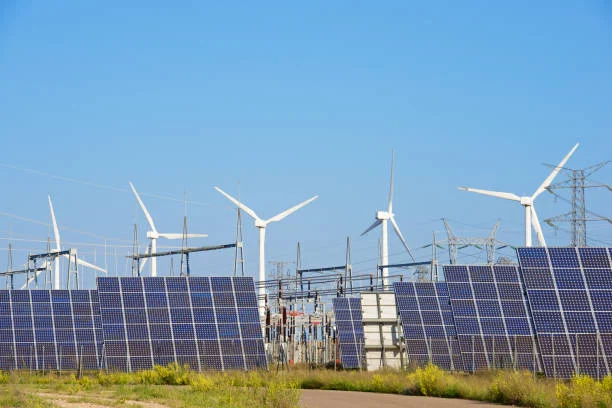Serbia’s Green Energy Strategy: Integration and Challenges of Energy Storage Systems
2025-05-08
Serbia's Green Energy Strategy charters an ambitious path to decarbonizing the power and heat sectors by 2040–2050 with no room for coal in heating and growing renewables with large solar, wind, and hydro-pumped-storage power plants. Six utility-scale solar farms totaling 1 GW and co-located 400 MWh battery energy storage are to be handed over by mid-2028 to offer variable generation firming. The nation has also witnessed its inaugural two grid connections for BESS standalone projects, its increasing development of its storage market. Principal pumped hydro projects in Bistrica (628 MW) and proposals for Đerdap 3 provide long-duration storage for seasonal balancing. Advances notwithstanding, Integration and Challenges of Energy Storage Systems encompasses regulatory uncertainty—storage is still permitted as generation—grid code reengineering for bidirectional flows, and exorbitantly costly CapEx for BESS implementations. Modular, Liquid-cooled Energy Storage containers with high-level Energy Management System platforms—such as Huijue's outdoor HJ-ESS-EPSA 3000KWh—offering scaleable, climate-hardy solutions to power Serbia's revolution.

Audience and Content Analysis
The blog is written specifically for four primary reader segments:
1. Energy Policymakers & Regulators
They require visions of Serbia's emerging Energy Sector Development Strategy (2040/2050 horizon), storage asset licensing agreements, and grid-code improvements in order to scale Serbia's Green Energy Solutions.
2. Investors & Project Developers
Finance and development decision-makers require quantitative data—estimated return parameters, Levelized Cost of Storage (LCOS), and revenue-stacking models—to evaluate the viability of hybrid solar-storage and pumped-hydro projects.
3. Grid Operators & Utilities
Infrastructure Managers
- SCADA-EMS integration best practices, real-time frequency response using BESS, and substation retrofits to enable bi-directional flows from storage installations are required by infrastructure managers.
- Engineering personnel need to be cognizant of battery chemistries, climate controls for continental climates, and modular construction work processes—key considerations when commissioning a system like containerized HJ-ESS-EPSA 3000KWh.
To reach out to such readers and be picked up by Google algorithms, the article uses simple H2/H3 headings, bullet points for rapid scan-ability, friendly analogies (such as "batteries as the grid's seat-belts"), and natural 3–5 % frequency of the target keyword Serbia's Green Energy Solutions in the first 100 words and subheadings.

Serbia's Green Energy Strategy: Policy & Targets
National Energy Sector Development Strategy to 2040/2050
- Coal Phase-Out in Heat Generation: Phasing out coal and oil products for heat is a requirement for the 2024 strategy, supported by lower greenhouse gas emissions and air pollution.
- Expansion of Renewables: The strategy entails constructing a number of solar farms and wind parks and refurbishing aged hydropower plants like Vlasinske and Potpeć.
- Grid Modernization: Upgrade of distribution and transmission grid will reduce losses and allow two-way flow from distributed generation and storage.
- Prosumers & EV Integration: Streamlined licensing for buyer-producer ("prosumers") and electric vehicle incentives will drive distributed energy adoption.
Renewable and Storage Targets
- 1 GW Solar + 400 MWh BESS by 2028: Installation of six large solar farms with co-located battery factories (at least 200 MW per facility) scheduled for mid-2028.
- 628 MW Bistrica Pumped Hydro: Approval of Bistrica PSH spatial plan, providing seasonal and short-duration storage in west Serbia.
- Đerdap 3 Prospects: Current feasibility assessments of Đerdap 3 PSH, whose potential capacity of up to 1 GW will cement the Danube corridor.
Integration of Energy Storage Systems
Battery Energy Storage Systems (BESS) Deployment
- First Grid Applications: Early private sector BESS grid-connection requests in Serbia confirm confidence, with several multi-MWh systems on the cards.
- Hybrid Solar-Storage Projects: Fortis Energy's acquisition and development of solar + BESS project in Sremska Mitrovica illustrate the marriage of storage and renewables.
- Utility-Scale Rollouts: EPS-Hyundai joint venture's 1 GW solar parks with BESS will break ground by 2025 and come online by 2028.
Technical Enablers & Standards
- Liquid-cooled Energy Storage:Liquid-cooling loop deployment in containers provides highest cell temperatures in continental climate Serbia boasts, prolonging battery life by 15–20 %.
- Energy Management System (EMS):AI-driven EMS platforms offer real-time dispatch optimization for peak-shaving, arbitrage, and ancillary services.
- Regulatory Alignment:The integration of licensing under new storage-specific regulations (separate from generation) will make project approvals and grid connections easier.
Challenges of Storage Integration
1. Regulatory Uncertainty
- Storage assets remaining subject to generation regulations, making tariffs and grid-fee structures unpredictable.
- Regional zoning and permitting authorities interpret strategy provisions variably, extending project timescales.
2. Grid-Code Upgrades
- Legacy T&D infrastructure not engineered for bidirectional power flow, and substation retrofits and high-speed protection schemes are necessary.
3. Financing & CapEx
- BESS capex remains elevated (~USD 400–600/kWh installed), and blended finance products—green bonds, concessional lending—are required to fill the gap.
4. Technical Interoperability
- Coexistence of different chemistries and control systems on different vendor platforms underscores the requirement for open-protocol standards like IEEE 2030.5 and OPC UA.
Product Spotlight: Huijue's HJ-ESS-EPSA 3000KWh
HJ-ESS-EPSA 3000KWh: A 20 ft outdoor containerized storage system with climate design for Serbia:
- Capacity & Modularity: 3 MWh per unit, stackable to scale for utility and industrial application.
- Liquid-Cooledthermal management enables safe operation up to 45 °C, reducing degradation in peak summer conditions.
- Integrated Energy Management System: AI-optimized dispatch algorithms maximize revenue stacking in energy, capacity, and ancillary markets.
- Safety & Certification: UL 9540A and NFPA 855 compliance streamlines permitting and minimizes fire-risk liabilities.

Anecdotes & Industry Insight
I have seen one of such pumped-hydro plants in western Serbia where the engineer facetiously said that the Bistrica reservoirs are "giant water batteries," feeding energy back into the grid like a hydro-powered yo-yo. But it is the silent buzz of containerized BESS—like the HJ-ESS-EPSA 3000KWh—that is making waves in Belgrade. These easy-to-install "power vaults" firm up not just renewables but offer a functioning blueprint to expand Serbia's Green Energy Solutions to the farthest reaches of the grid, from the Danube riverbanks to mountain micro-grids.


